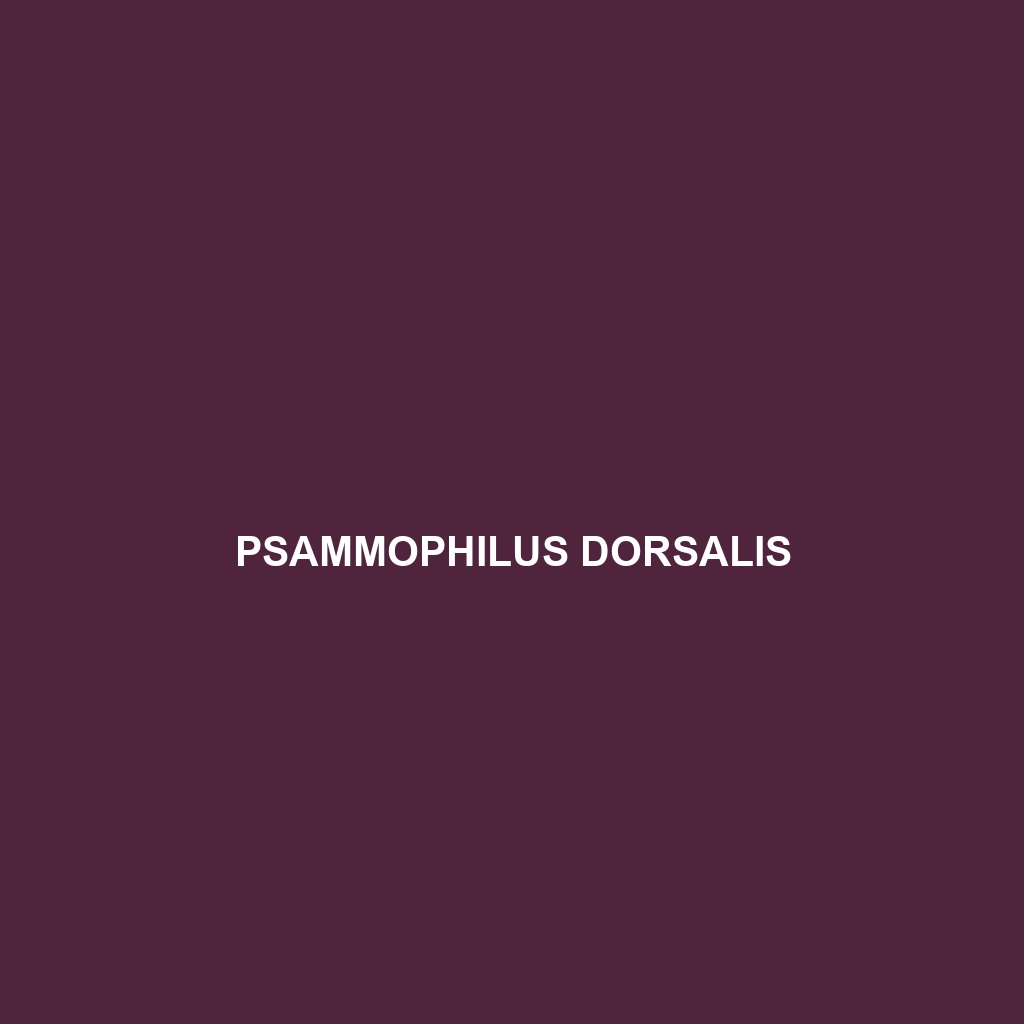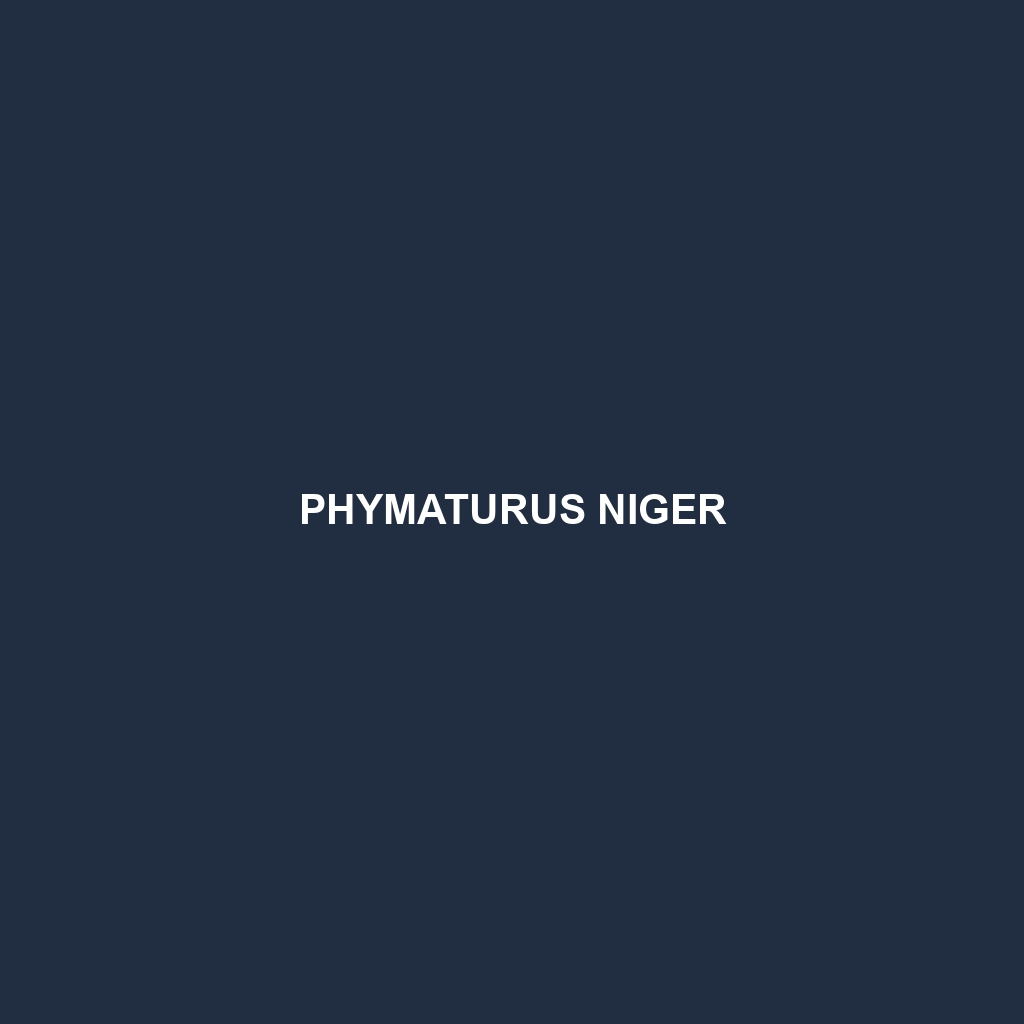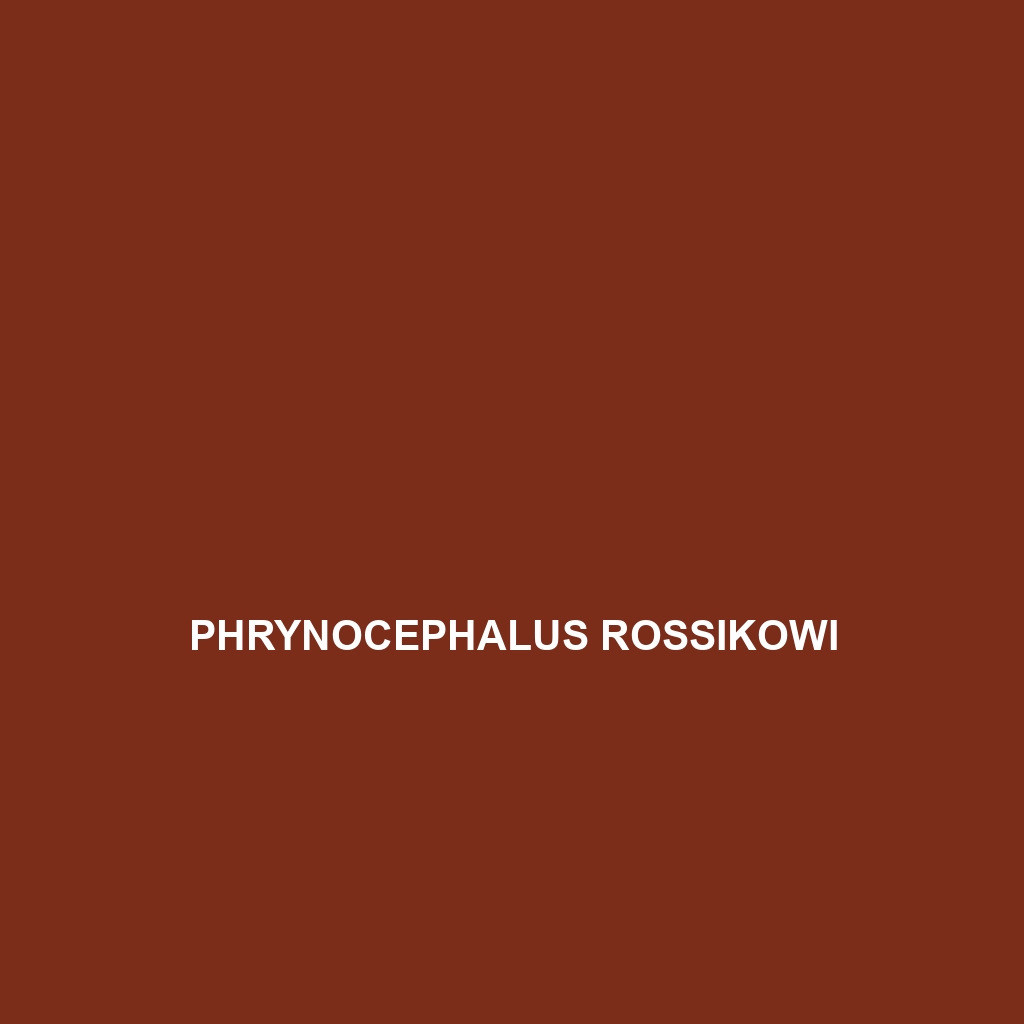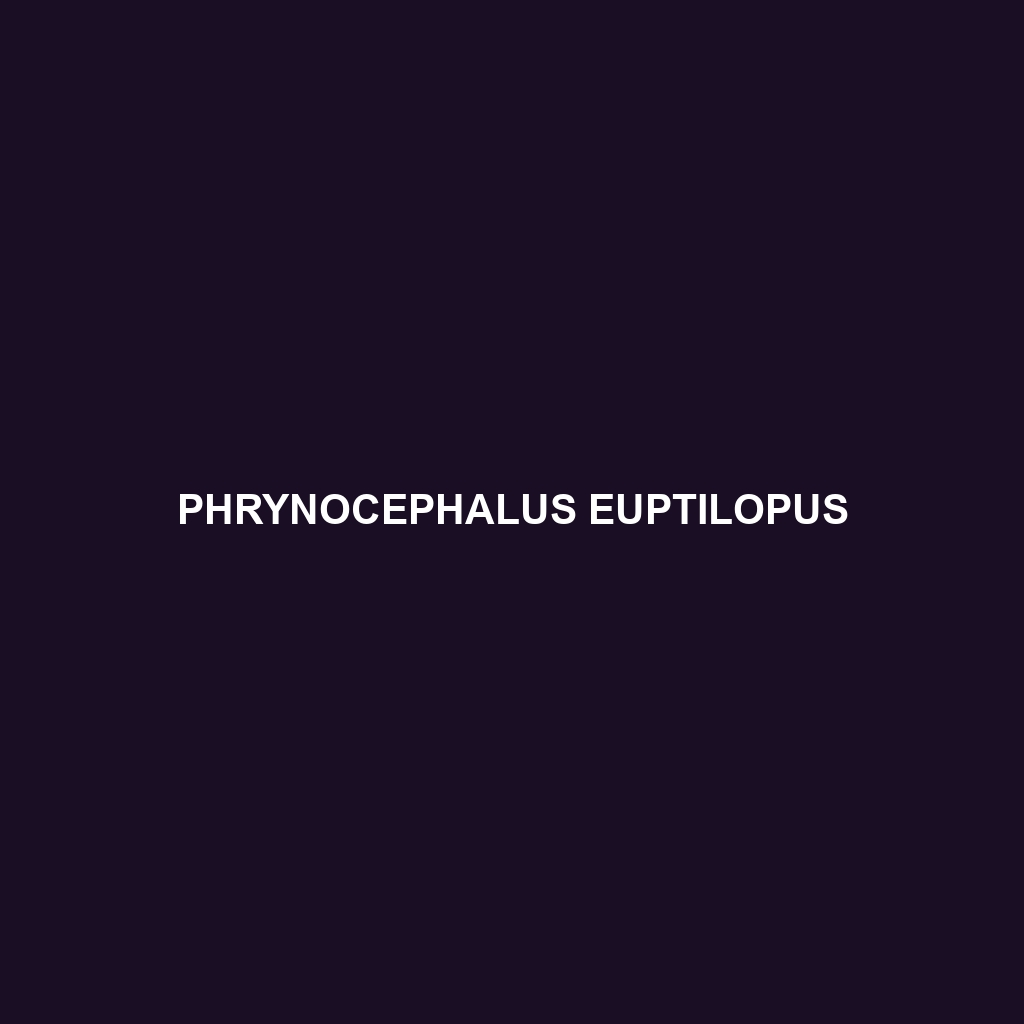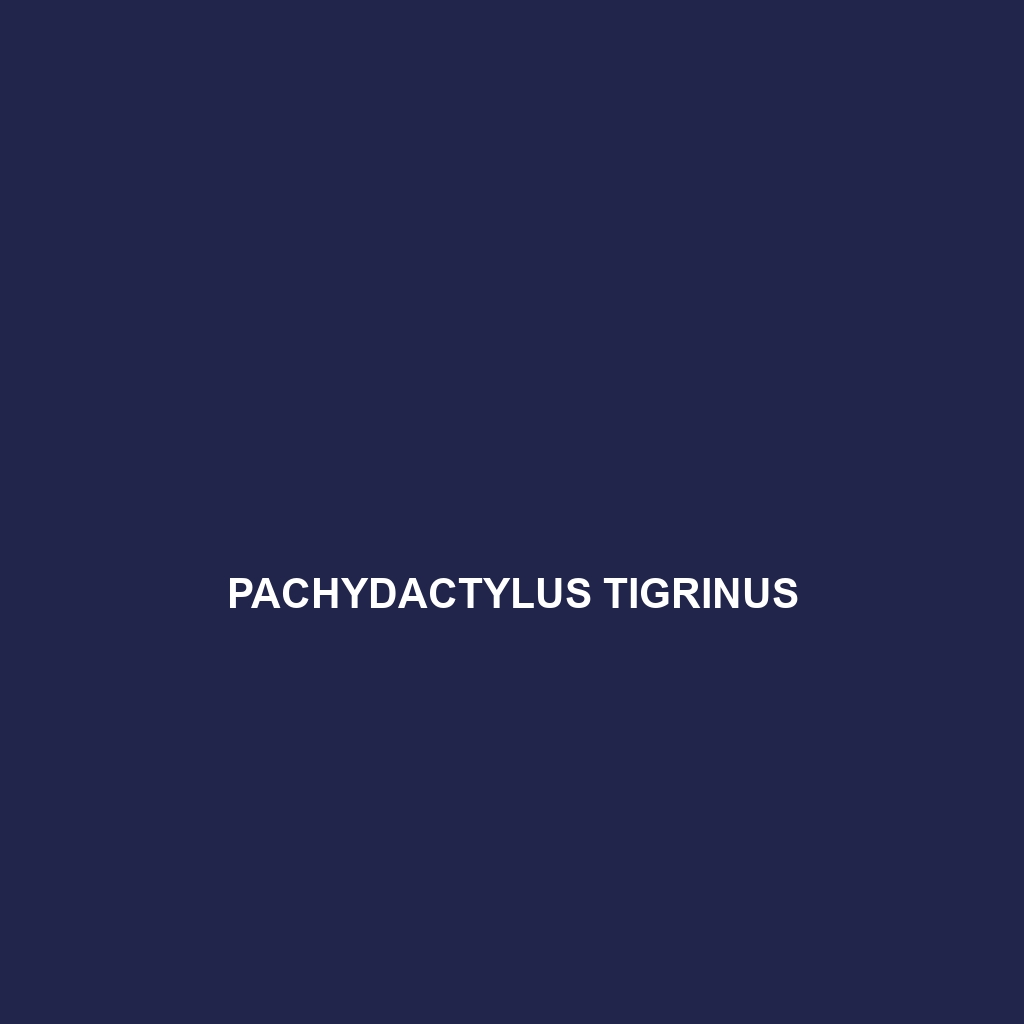Psammophilus dorsalis, commonly known as the Indian Sand Boa, thrives in arid regions of India, featuring a slender body that reaches lengths of 40 to 60 cm, adorned with sandy yellow and brown coloration for excellent camouflage. Primarily insectivorous and known for its burrowing habits, this species plays a crucial role in its ecosystem by helping to control insect populations and serving as prey for larger animals.
Tag: arid habitat reptiles
Psammophilus dorsalis
Psammophilus dorsalis, commonly known as the Indian Sand Boa, thrives in arid regions of India, featuring a slender body that reaches lengths of 40 to 60 cm, adorned with sandy yellow and brown coloration for excellent camouflage. Primarily insectivorous and known for its burrowing habits, this species plays a crucial role in its ecosystem by helping to control insect populations and serving as prey for larger animals.
Phymaturus niger
<b>Phymaturus niger</b>, also known as the black phymaturus, is a diurnal insectivorous lizard native to arid regions of Argentina, recognizable by its dark coloration and robust body. This species plays a vital role in the ecosystem by regulating insect populations and serves as prey for larger predators, while exhibiting unique courtship behaviors and adaptations to thrive in harsh climates.
Phrynocephalus rossikowi
<p><b>Phrynocephalus rossikowi</b>, or Rossikow's toad-headed agama, is a distinctive lizard from the arid regions of Central Asia, known for its flattened body, spiny sides, and ability to camouflage in sandy environments. This insectivorous reptile exhibits unique behaviors such as sidewinding movement and intricate courtship displays, playing a vital role in its desert ecosystem.</p>
Phrynocephalus euptilopus
<p>The <b>Toad-headed Agama (<i>Phrynocephalus euptilopus</i>)</b> is a unique lizard native to the arid regions of Central Asia, exhibiting a flattened body, broad head, and excellent camouflage that allows it to thrive in harsh environments. Known for its diurnal behavior and diet primarily consisting of insects, this resilient species plays a vital role in maintaining the ecological balance of its desert habitat.</p>
Pachydactylus weberi
Introducing the Pachydactylus weberi, known as Weber's thick-toed gecko, a robust, nocturnal reptile from the arid regions of southwestern Africa. With its striking coloration for camouflage and specialized climbing abilities, this insectivorous gecko plays a crucial role in maintaining ecological balance by regulating insect populations.
Pachydactylus tigrinus
Introducing the Pachydactylus tigrinus, or tiger gecko, a robust and vibrant reptile native to southern Africa's arid regions. Known for its striking color patterns and large clawed toes, this nocturnal insectivore plays a crucial role in maintaining ecosystem balance by controlling insect populations.
Pachydactylus parascutatus
<p>The <b>Pachydactylus parascutatus</b>, or Namibian Thick-toed Gecko, is a medium-sized, nocturnal insectivore found in the rocky outcrops of Namibia and Botswana, known for its distinctive broad head, flared toes, and remarkable adaptation to arid habitats. With a robust body and unique color patterns, this species plays a vital role in controlling insect populations and indicates the health of its ecosystem.</p>
Pachydactylus mariquensis
<p><b>Pachydactylus mariquensis</b> is a medium-sized gecko found in the arid regions of southwestern Africa, particularly Namibia and South Africa. Known for its remarkable adaptability to extreme temperatures and unique camouflage, this nocturnal insectivore plays a vital role in its ecosystem by helping control insect populations.</p>
Pachydactylus boehmei
Boehme's Thick-toed Gecko (<i>Pachydactylus boehmei</i>) is a robust, nocturnal insectivore native to Namibia and South Africa, characterized by its sandy beige to light brown coloration and exceptional camouflage abilities. Adapted to arid, rocky habitats, this gecko plays a vital role in controlling insect populations and serves as an important prey species within its ecosystem.

